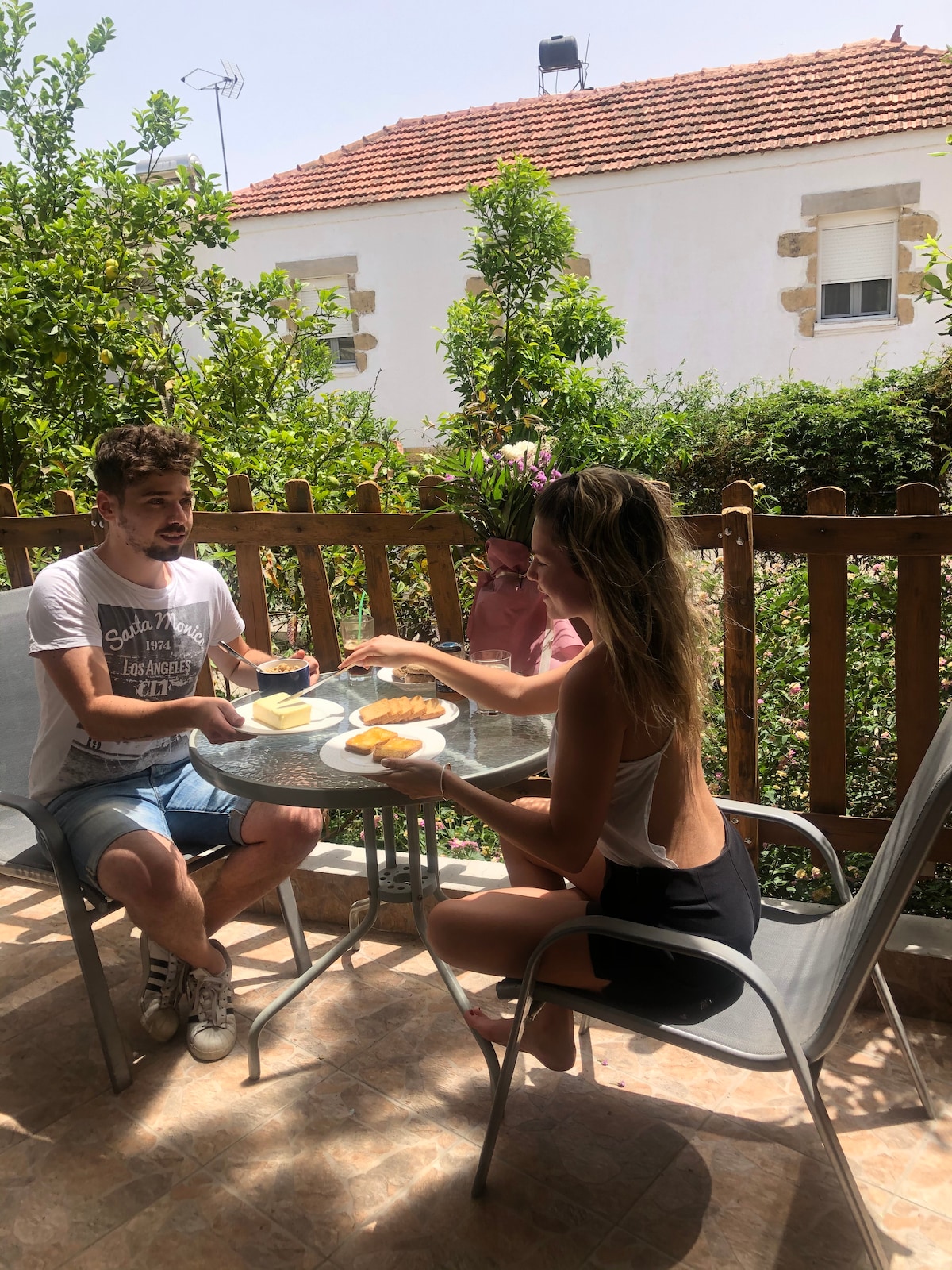

Joseph Masters was still looking for ways to improve himself, and deciding to leave Tasmania, headed for New Zealand. Realising it was no longer safe in Wairarapa, Te Korou, his wife Hine-whaka-aea, and their children joined other Wairarapa Maori at the east coast stronghold of Nukutaurua, on Mahia Peninsular, where they remained until 1841.

Te Wera of Ngati Mutunga was taking him to Wellington when Te Korou escaped by killing Te Wera.

Some of these battles went well for the locals, but there were bad setbacks too, with some battles lost and some warriors captured.
TE HAPU COTTAGES SERIES
At first the new arrivals lived alongside the Kahungunu and Rangitane people they found living here, but troubles eventually arose and a series of battles were fought between the two groups. The Taranaki tribes who had made their way to the Wellington area with Te Rauparaha, had pushed their way eastwards, and a number of families were living in Wairarapa. In 1826 he married Sarah Bourton, and in 1832 Joseph Masters, his wife and his two daughters migrated to Tasmania, where Masters found work as a cooper serving the whaling industry.Ībout the same time that Masters was making his move, Te Korou was also on the move. Masters seems to have been driven by a strong desire to better himself, and once he had gained his trade he left his uncle, serving as a Grenadier Guard before working as a policeman and gaoler. He ended up living with, and working for, his uncle in Rugby, where he served an apprenticeship as a cooper. Masters’ mother remarried and Joseph was sent off to live with his grandmother, but he was soon shifted on again. His father died when he was very young, and he was sent to work in a silk mill, threading the bobbins. Joseph Masters was born in 1802, in Derby, England, where his father was a leather breeches manufacturer. His parents belonged to the Rangitane and Ngati Kahungunu peoples of Wairarapa. Te Korou was born in the later years of the eighteenth century, son of Te Raku and Te Kai. In the Pioneer Section lies Joseph Masters, prime instigator of the movement to establish the Small Farms Association, while nearby in the main part of the cemetery a simple grave marks the burial place of Retimana Te Korou, Rangitane chief. Buried less than fifty metres apart in the Masterton Cemetery are the two main people involved in the purchase of the site of Masterton, which led to the establishment of the northern-most of the two Small Farms Association settlements in Wairarapa.


 0 kommentar(er)
0 kommentar(er)
